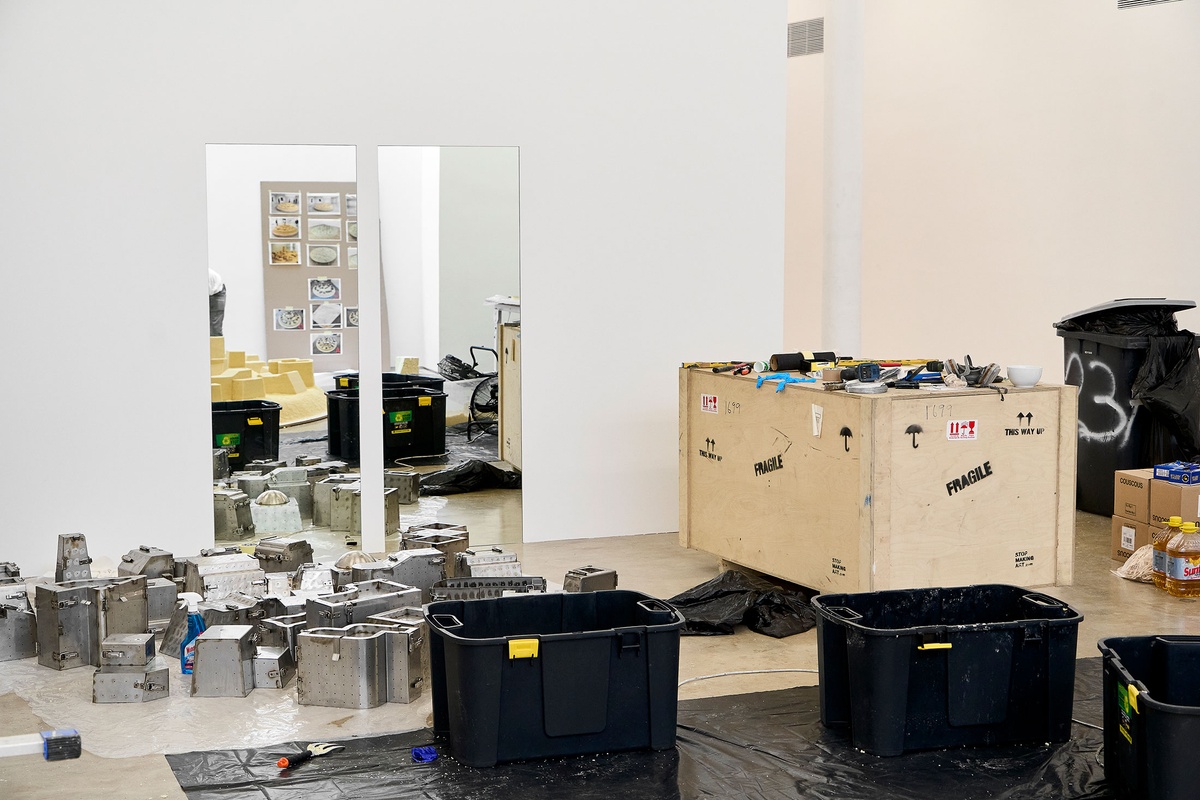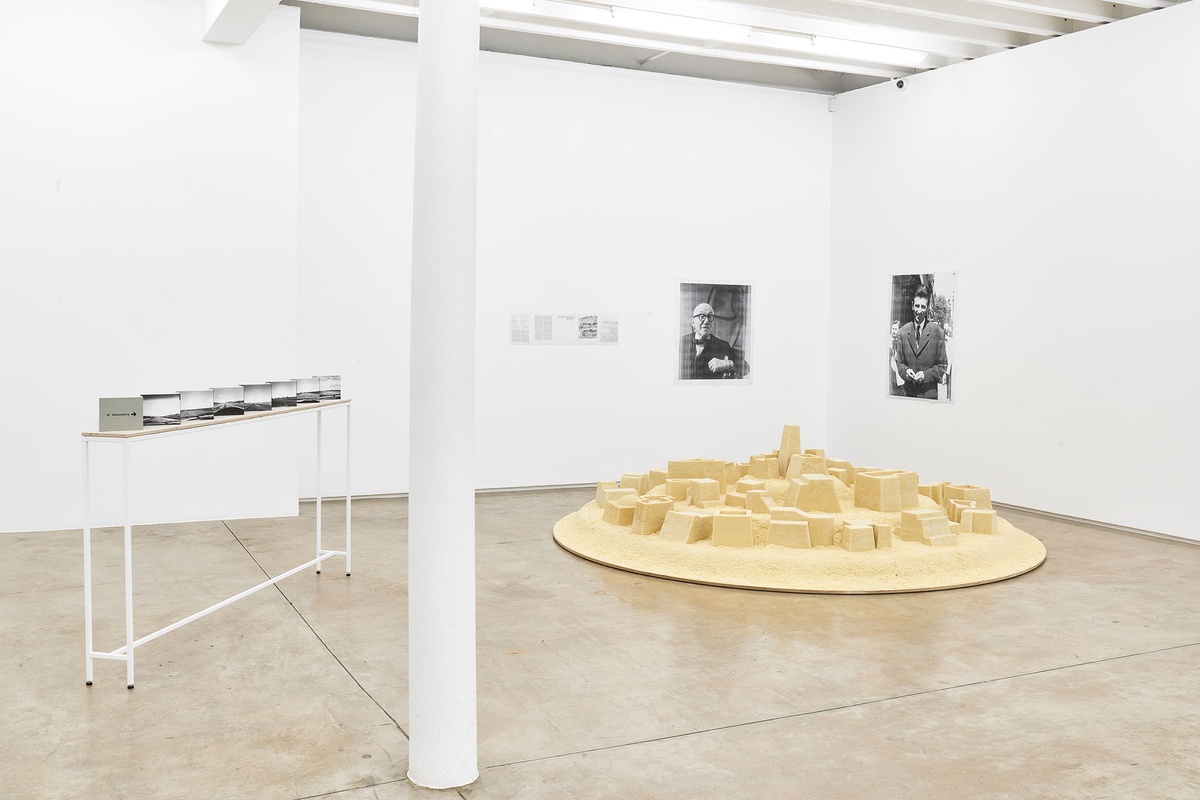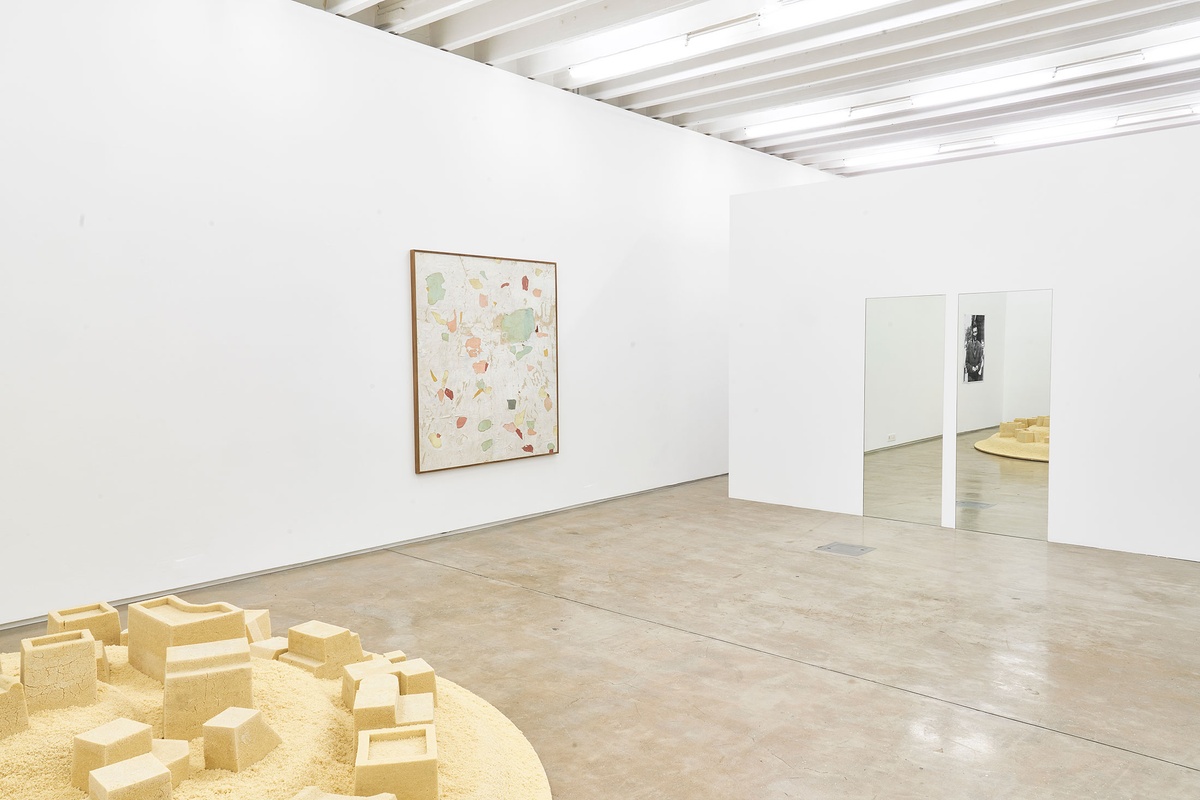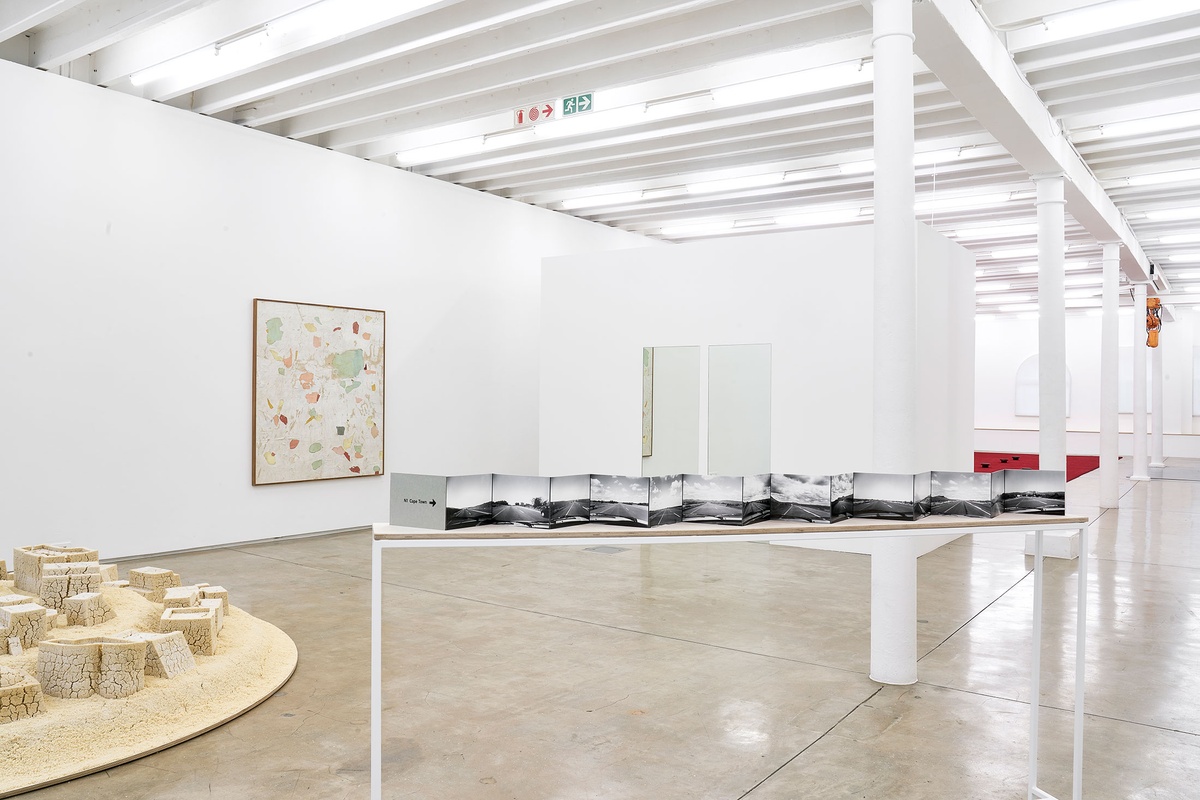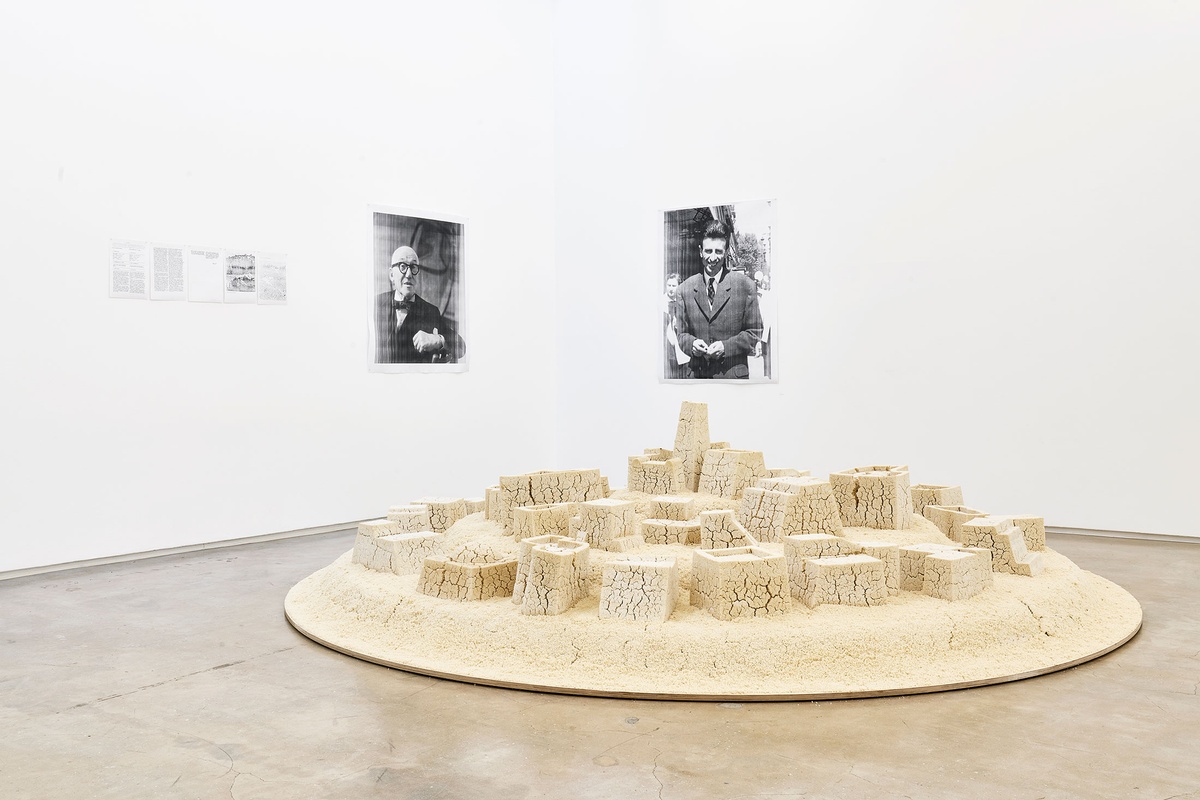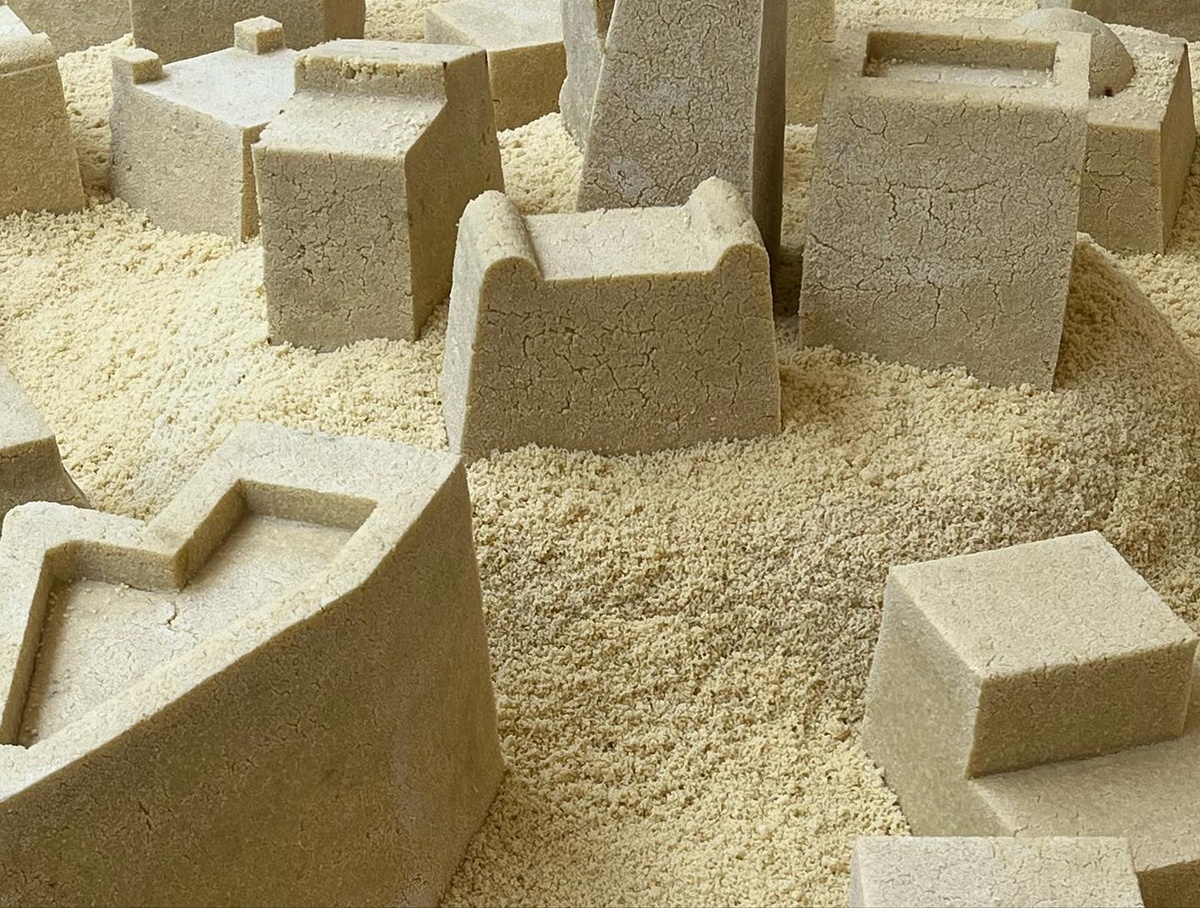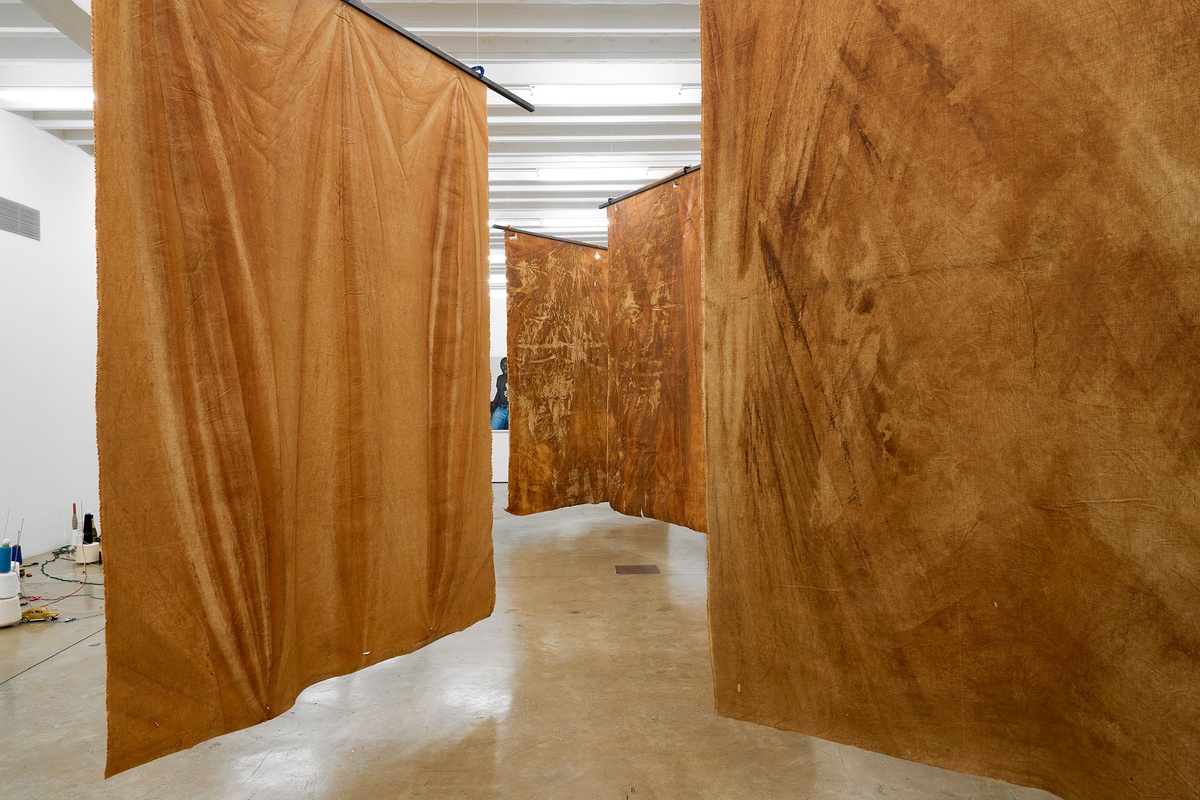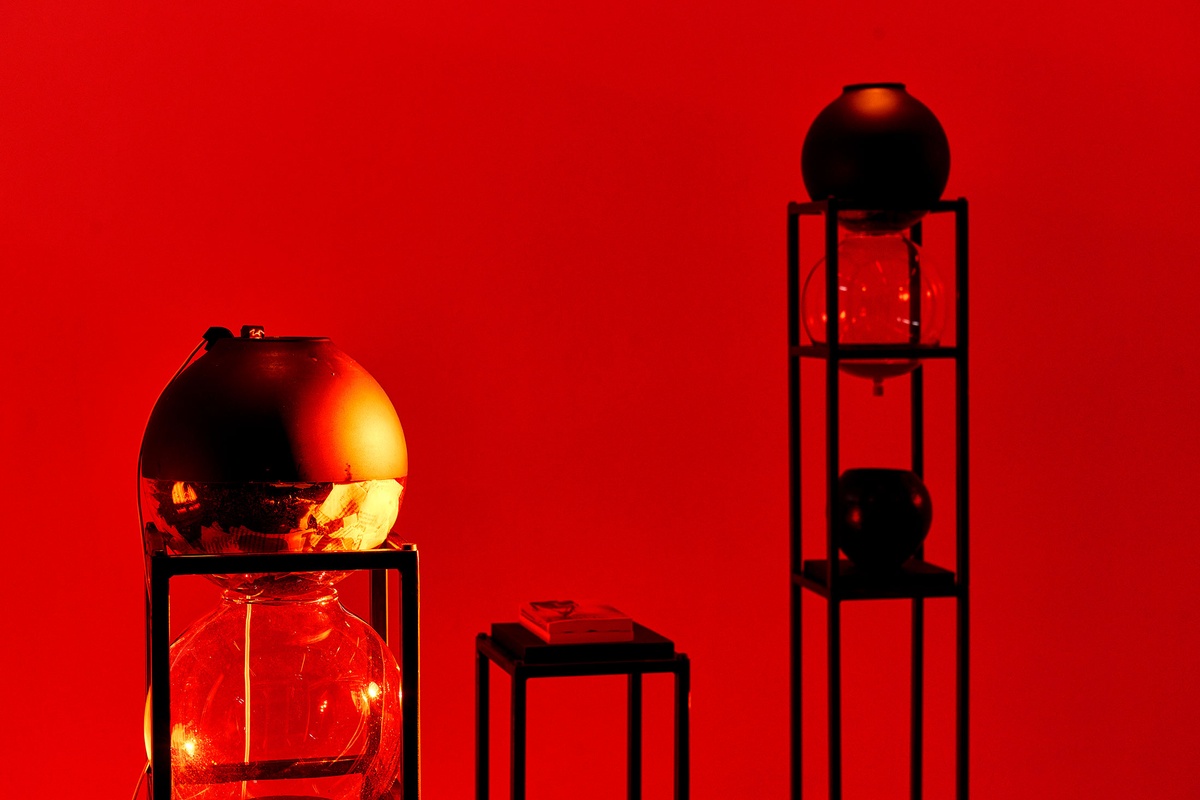Kader Attia
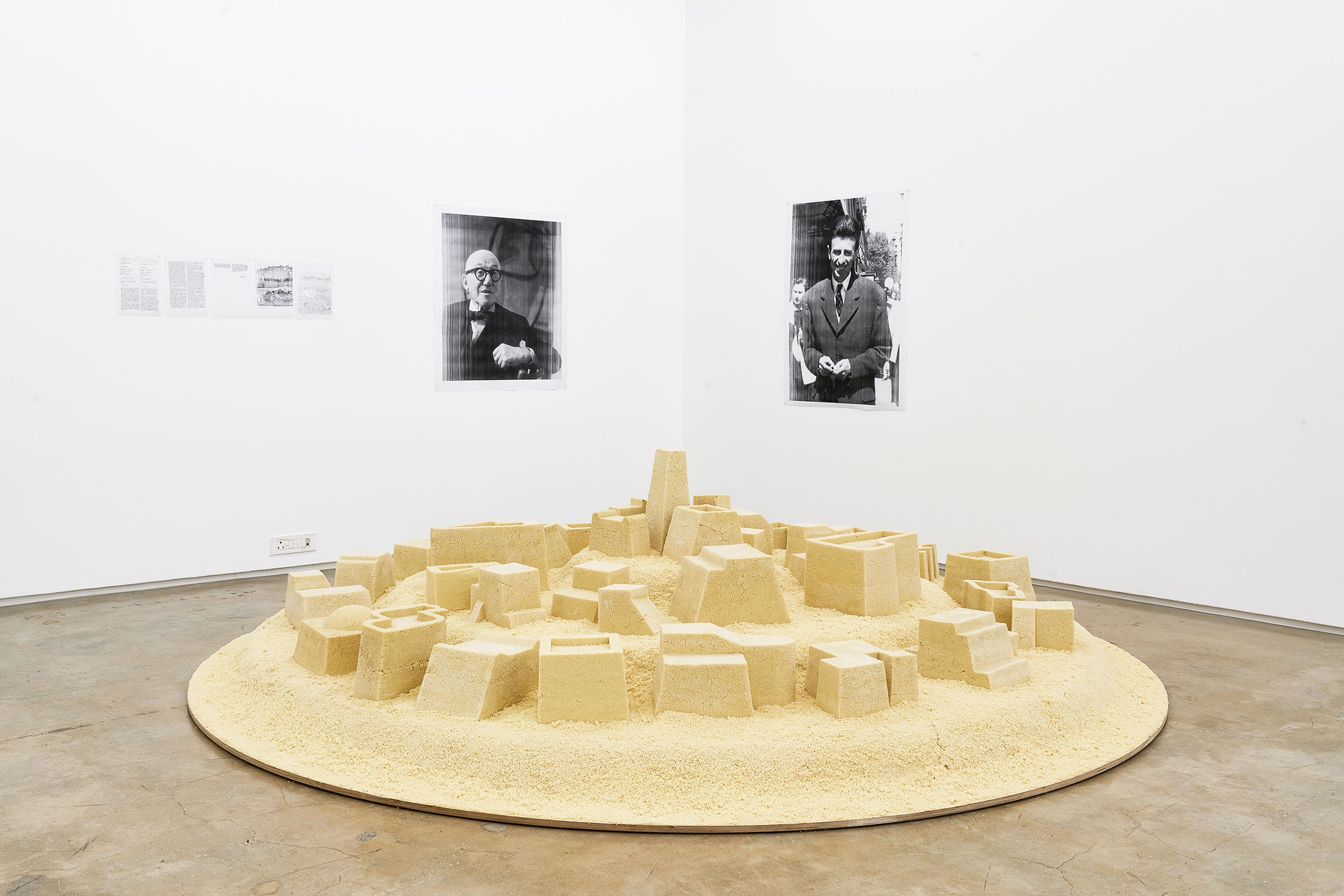
In (Untitled) Ghardaïa, Kader Attia considers the influence of Mozabite design on the modernist architects Le Corbusier and Fernand Pouillon. Recalling the Algerian town and mud architecture of Ghardaïa in a scale model made of couscous, Attia considers this aesthetic appropriation within a colonising mechanism. That the town’s Mozabite architecture informed Le Corbusier’s spatial design ethos is a fact unacknowledged yet patently apparent. In colonising the North African territory, the French may have transposed their European image on the subjugated land, but the image of Algeria was similarly transcribed onto colonial France. Pouillon’s social housing projects, built during the 1960s and 1970s on the outskirts of the French capital, is a particularly salient example. In Attia’s retelling, Pouillon made use of Algiers as an architectural testing ground in the 1950s, fashioning the structures that gathered Algerians en-masse into controlled urban centres. This ‘urban planning as control’ was then taken back, to be deployed in France following the withdrawal from its colonies. “Just as, historically, museums have accumulated objects in cabinets of curiosity,” critic Jane Ure-Smith offers as example, “post-colonial France now amasses the descendants of people from its former colonies in the ‘open-sky jails’ of the banlieues, north of Paris.” Shaped from the culinary staple of Algeria's Berber communities, Attia’s fragile construction evokes this confluence of influence. Accompanying the model are photocopied portraits of Le Corbusier and Pouillon, and the UNESCO certificate that declared Ghardaïa a World Heritage Site in 1982, two decades after the country gained independence.
–
The following is an excerpt from a conversation between Kader Attia (K.A.) and Josh Ginsburg (J.G.) held online in preparation for The Future Is Behind Us, 29 November, 2022.
J.G. What is your relationship to time?
K.A. Time is more cloudy – history is a cloud. I don’t think chronology is linear, but rather is expressed in such things as circles, numbers, movement, and space.
You can turn your back to the future when you look at the past, and look at the past when you turn your back towards the future, but you can never have the present on your back. Phenomenologically, consciousness is a linking fibre to the present – this almost imperceptible present – that makes you aware, ontologically, of being a subject.
The relationship we have with art is very much about the conscious present. We can really feel it with music, for instance. When you recall a melody – the moment you remember it – you are experimenting with the melody in the present.
The experience of an artwork is linked to time. The philosopher Bergson proposes that even without moving, you move. You move in time, without moving. This idea applies to life, to emotion – because emotion is life, because emotion is consciousness.
J.G. How does repair fit into the cycle of things? Does repair imply conclusion, or is repair a continual engagement?
K.A. The question of repair is bound to a wound. You cannot repair what is not injured. Repair is an oxymoron because – without naming it – you invoke the wound, be it physical or immaterial. For years, I’ve been reflecting on repair, and I’ve come to the idea that, in the end, there is a strange movement between the wound and the repair. Both turn around each other. Repair is a movement from a state – the accident, the injury – to the gesture of healing.
This is not a ruin. I am not representing a ruin. The crumbling of this installation throughout the exhibition is significant of life, of the living process of the architecture through time. For me, it’s very important that Ghardaïa starts to crumble, for one to think about time.
I am interested in the idea of reenactment. This work provides a possibility to enter an untold story, and, at the same time, by experimenting with this crumbling, even waning architecture, the viewer experiences the paradox of this reenactment.
Mud returns to nature, it is in harmony with the environment – mud architecture returns to the environment. It is not polluting; it is merely earth, water and compression. It becomes a continuation of the body. Clay architecture has no right angles, which is a fascinating detail with regard to La Corbusier, who loved right angles. He wrote poems on them; he was crazy about them. But the human body has no right angles, it is made of curves. Caring about mud architecture is like caring for a body.
b.1970, Seine-Saint-Denis
Pairing found objects and images with architectural installations, Kader Attia offers poignant reflections on colonialism and its aftermath. In form, his work is more often materially spare; in subject, at once thematically wide-ranging and historically particular. With poetic precision, Attia addresses prescient philosophical questions to the post-colonial world. He is preoccupied, above all, with gestures of repair, with redressing the pain of events past, be their wounds individual or communal, physical or psychological. In considering what is broken and compensating for what is lost, Attia reflects on “the complexity of memory, the working of memory, the duty of memory and its representation; about ‘repair’ as a form of ‘re-appropriation,’ but above all as a form of resistance.” Repair, he believes, is not a question of returning to a previous, unmarked condition, but an acknowledgement of history’s scars and imperfect healing. This, Attia suggests, is among the most apparent conceptual ruptures between Western and extra-occidental thought, the first concerned with newness – discarding what is broken – the second attending to wounds as sites of aesthetic and ethic significance. “Repair and hybridisation,” Attia says of post-colonial resistance, “are the terrain where many cultures begin to take back their liberty.”
